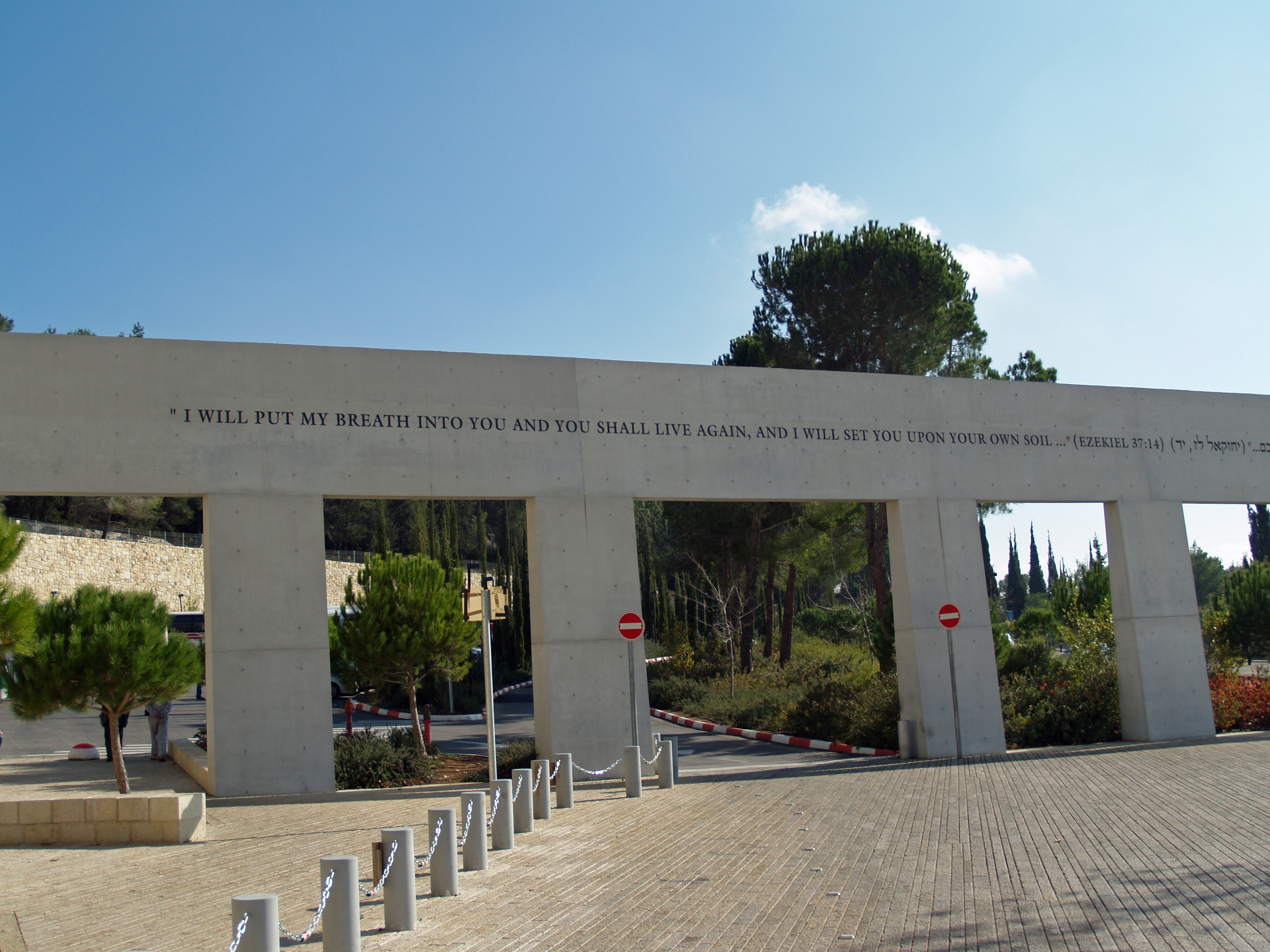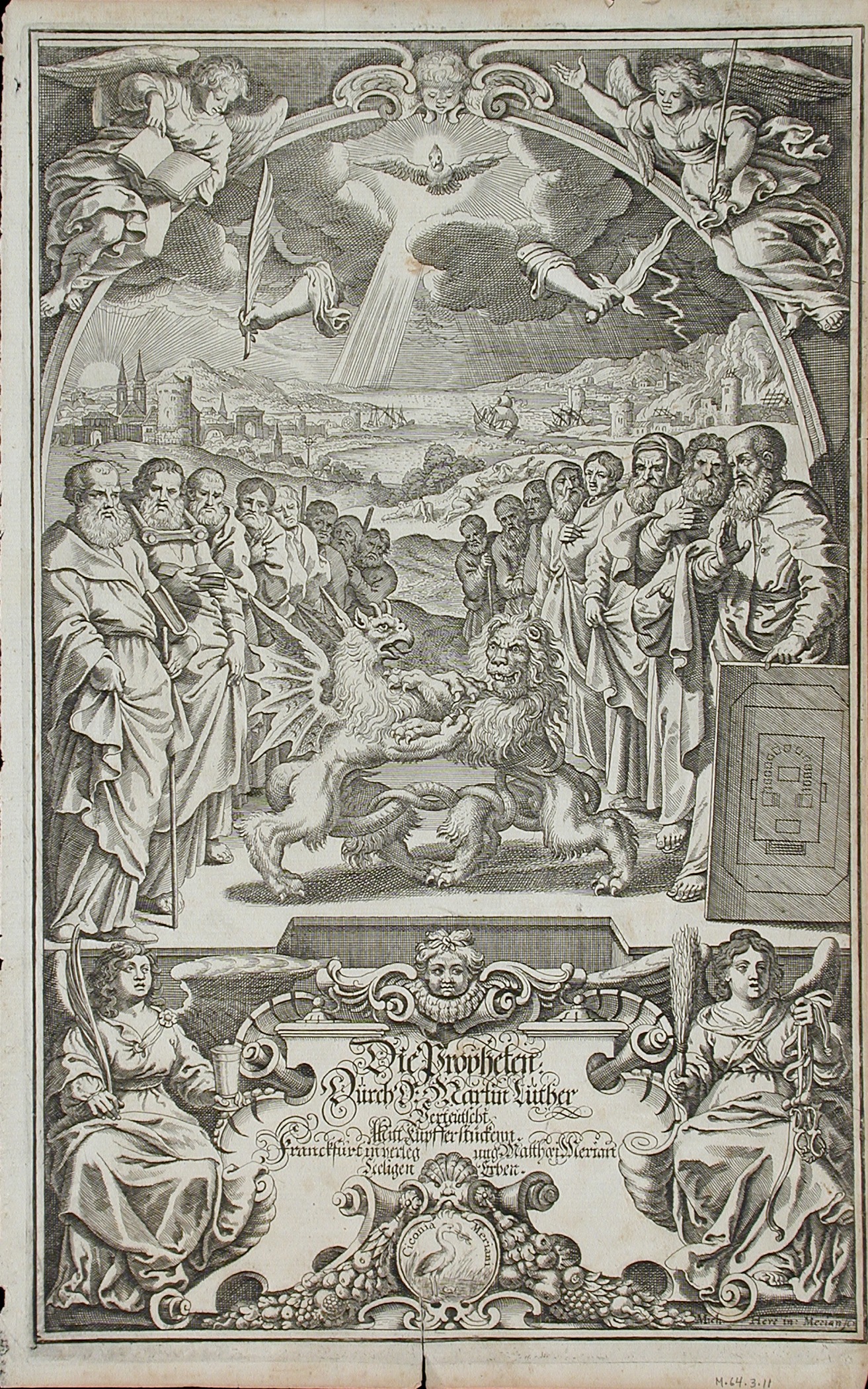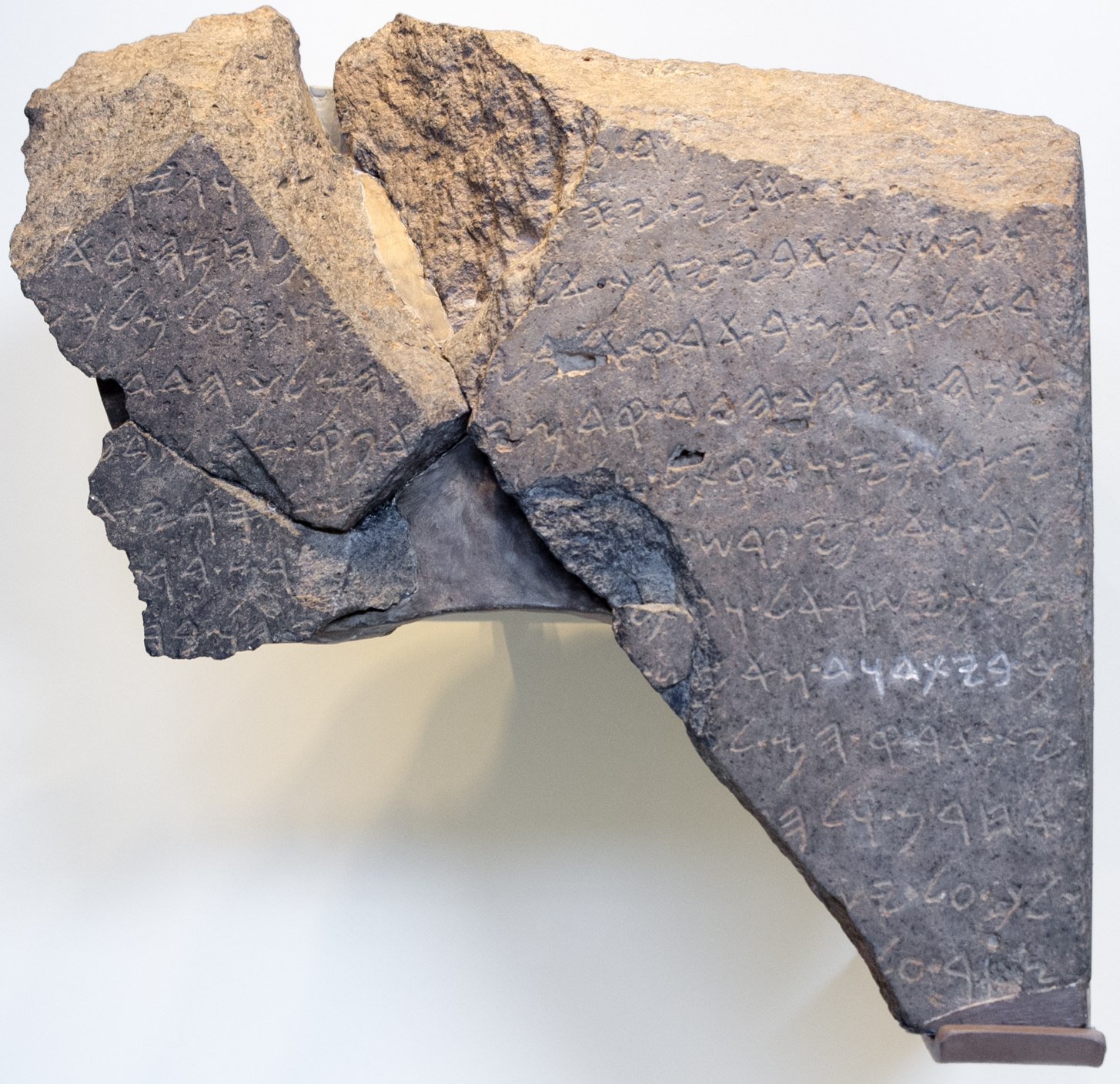|
Ezekiel
Ezekiel, also spelled Ezechiel (; ; ), was an Israelite priest. The Book of Ezekiel, relating his visions and acts, is named after him. The Abrahamic religions acknowledge Ezekiel as a prophet. According to the narrative, Ezekiel prophesied the destruction of Judah's capital city Jerusalem. In 587 BC, the Neo-Babylonian Empire conquered Jerusalem, destroyed Solomon's Temple, and sent the Judahite upper classes into the Babylonian captivity. However, Ezekiel also prophesied the eventual restoration of the Jewish people to the Land of Israel. It is believed he died around 570 BC; Ezekiel's Tomb is a Jewish religious site in Mesopotamia. Three decades later, in 539 BC, the Persian empire conquered Babylon and the Edict of Cyrus repatriated the exiles. The name "Ezekiel" means "God is strong" or "God strengthens" in Hebrew. Biblical account The author of the Book of Ezekiel presents himself as Ezekiel, the son of Buzi, born into a priestly ( kohen) lineage. The aut ... [...More Info...] [...Related Items...] OR: [Wikipedia] [Google] [Baidu] |
Book Of Ezekiel
The Book of Ezekiel is the third of the Nevi'im#Latter Prophets, Latter Prophets in the Hebrew Bible, Tanakh (Hebrew Bible) and one of the Major Prophets, major prophetic books in the Christian Bible, where it follows Book of Isaiah, Isaiah and book of Jeremiah, Jeremiah. According to the book itself, it records six visions of the Biblical prophet, prophet Ezekiel, exiled in Babylon, during the 22 years from 593 to 571 BC. It is the product of a long and complex history and does not necessarily preserve the words of the prophet. The visions and the book are structured around three themes: (1) judgment on Israel (chapters 1–24); (2) judgment on the nations (chapters 25–32); and (3) future blessings for Israel (chapters 33–48). Its themes include the concepts of the Divine presence#Judaism, presence of God, purity, Israel as a divine community, and individual responsibility to God. Its later influence has included the development of Mysticism, mystical and apocalyptic tr ... [...More Info...] [...Related Items...] OR: [Wikipedia] [Google] [Baidu] |
Ezekiel's Tomb
Ezekiel's Tomb (; ) is revered by Jews as the resting place of Ezekiel, an Israelite prophet who was deported from the Kingdom of Judah during the Babylonian captivity and serves as the eponymous protagonist of the Book of Ezekiel in the Hebrew Bible. Historically the oldest and most important Jewish site in Mesopotamia, it is now the location of the Al-Nukhailah Mosque, which was built on top of the original site and holds separate significance for Shia Muslims. The Jewish presence at Ezekiel's Tomb has greatly diminished since the Jewish exodus from Iraq in the 1950s, shortly after the beginning of the Arab–Israeli conflict. The larger complex has been extensively redeveloped since the 2003 invasion of Iraq; it is widely regarded by Muslims to be the resting place of Dhul-Kifl, an unknown Islamic prophet who is often identified with Ezekiel, and work was reportedly underway to convert the site's disused synagogue into a mosque. Description Jewish documentation According ... [...More Info...] [...Related Items...] OR: [Wikipedia] [Google] [Baidu] |
Land Of Israel
The Land of Israel () is the traditional Jewish name for an area of the Southern Levant. Related biblical, religious and historical English terms include the Land of Canaan, the Promised Land, the Holy Land, and Palestine. The definitions of the limits of this territory vary between passages in the Hebrew Bible, with specific mentions in , , and . Nine times elsewhere in the Bible, the settled land is referred as " from Dan to Beersheba", and three times it is referred as "from the entrance of Hamath unto the brook of Egypt" (, and ). These biblical limits for the land differ from the borders of established historical Israelite and later Jewish kingdoms, including the United Kingdom of Israel, the two kingdoms of Israel (Samaria) and Judah, the Hasmonean kingdom, and the Herodian kingdom. At their heights, these realms ruled lands with similar but not identical boundaries. Jewish religious belief defines the land as where Jewish religious law prevailed and ex ... [...More Info...] [...Related Items...] OR: [Wikipedia] [Google] [Baidu] |
Sistine Chapel Ceiling
The Sistine Chapel ceiling (), painted in fresco by Michelangelo between 1508 and 1512, is a cornerstone work of High Renaissance Renaissance art, art. The Sistine Chapel is the large papal chapel built within the Vatican City, Vatican between 1477 and 1480 by Pope Sixtus IV, for whom the chapel is named. The ceiling was painted at the commission of Pope Julius II. The ceiling's various painted elements form part of a larger scheme of decoration within the chapel. Prior to Michelangelo's contribution, the walls were painted by several leading artists of the late 15th century including Sandro Botticelli, Domenico Ghirlandaio, and Pietro Perugino. After the ceiling was painted, Raphael created Raphael Cartoons, a set of large tapestries (1515–1516) to cover the lower portion of the wall. Michelangelo returned to the chapel to create ''The Last Judgment (Michelangelo), The Last Judgment'', a large wall fresco situated behind the altar. The chapel's decoration illustrates m ... [...More Info...] [...Related Items...] OR: [Wikipedia] [Google] [Baidu] |
Babylonian Captivity
The Babylonian captivity or Babylonian exile was the period in Jewish history during which a large number of Judeans from the ancient Kingdom of Judah were forcibly relocated to Babylonia by the Neo-Babylonian Empire. The deportations occurred in multiple waves: After the Siege of Jerusalem (597 BC), siege of Jerusalem in 597 BCE, around 7,000 individuals were deported to Mesopotamia. Further deportations followed the destruction of Jerusalem and Solomon's Temple in 587 BCE. Although the dates, numbers of deportations, and numbers of deportees vary in the several biblical accounts, the following is a general outline of what occurred. After the Battle of Carchemish in 605 BCE, the Babylonian king Nebuchadnezzar II besieged Jerusalem, which resulted in tribute being paid by the Judean king Jehoiakim. In 602 BCE, Jehoiakim refused to pay further tribute, which led in 598/597 BCE to Siege of Jerusalem (597 BC), another siege of the city by Nebuchadnezzar II and culminated in the dea ... [...More Info...] [...Related Items...] OR: [Wikipedia] [Google] [Baidu] |
Buzi
Buzi (Hebrew: בּוּזִי, ''Būzī'') was the father of Ezekiel and priest of Jerusalem ( Ezekiel 1:3). Ezekiel, like Jeremiah, is said to have been a descendant of Joshua by his marriage with the proselyte Rahab (Talmud Meg. 14b; Midrash Sifre, Num. 78). The name Buzi comes from the Hebrew word Buz (בּוּז), meaning "despise." Buz is also a name of the second son of Nahor, therefore making the name "Buzi" potentially mean a "son of Buz" (denoting Buzi most likely being a descendant of Buz son of Nahor or inhabitants of his land). Because the etymological connection to the word "despise," some traditions argue that Buzi is the same figure as the prophet Jeremiah Jeremiah ( – ), also called Jeremias, was one of the major prophets of the Hebrew Bible. According to Jewish tradition, Jeremiah authored the Book of Jeremiah, book that bears his name, the Books of Kings, and the Book of Lamentations, with t ..., who was also called "Buzi" because he was despised—"buz"—by ... [...More Info...] [...Related Items...] OR: [Wikipedia] [Google] [Baidu] |
Siege Of Jerusalem (587 BC)
The siege of Jerusalem ( 589–587 BC) was the final event of the Judahite revolts against Babylon, in which Nebuchadnezzar II, king of the Neo-Babylonian Empire, besieged Jerusalem, the capital city of the Kingdom of Judah. Jerusalem fell after a 30-month siege, following which the Babylonians systematically destroyed the city and Solomon's Temple. The Kingdom of Judah was dissolved and many of its inhabitants exiled to Babylon. During the late 7th century BC, Judah became a vassal kingdom of Babylon. In 601 BC, Jehoiakim, king of Judah, revolted against Babylonian rule despite the strong remonstrances of the prophet Jeremiah. Jehoiakim died for reasons unclear, and was succeeded by his son, Jeconiah. In 597 BC, the Babylonians besieged Jerusalem, and the city surrendered. Nebuchadnezzar pillaged Jerusalem and deported Jeconiah and other prominent citizens to Babylon; Jeconiah's uncle, Zedekiah, was installed as king. Later, encouraged by the Egyptians, Zedekiah launc ... [...More Info...] [...Related Items...] OR: [Wikipedia] [Google] [Baidu] |
Hebrew Prophets
According to the Talmud, there were 48 prophets and 7 prophetesses of Judaism ( ''Nəvīʾīm'', Tiberian: ''Năḇīʾīm,'' "Prophets", literally "spokespersons"). The last Jewish prophet is believed to have been Malachi. In Jewish tradition it is believed that the period of prophecy, called '' Nevuah'', ended with Haggai, Zechariah and Malachi (mid-5th century BCE) at which time the " Shechinah departed from Israel". Rabbinic tradition According to the Talmud, there were 48 prophets and 7 prophetesses who prophesied to Israel. The 46 prophets to Israel (46 according to Rashi, commentary on Tractate Megillah 14a) * Abraham * Isaac * Jacob * Moses * Aaron * Joshua * Phinehas * Eli * Elkanah * Samuel * Gad * Natan * David * Ahijah the Shilonite * Solomon * Iddo * Obadiah * Jehu * Azariah * Jahaziel * Eliezer * Elijah * Elisha * Micaiah * Jonah * Amos * Hosea * Amoz * Isaiah * Micah * Joel * Zephaniah * Nahum * Habakkuk * Urijah * Jeremiah * Ezekiel * Dan ... [...More Info...] [...Related Items...] OR: [Wikipedia] [Google] [Baidu] |
Kingdom Of Judah
The Kingdom of Judah was an Israelites, Israelite kingdom of the Southern Levant during the Iron Age. Centered in the highlands to the west of the Dead Sea, the kingdom's capital was Jerusalem. It was ruled by the Davidic line for four centuries. Jews are named after Judah, and primarily descend from people who lived in the region. The Hebrew Bible depicts the Kingdom of Judah as one of the two successor states of the Kingdom of Israel (united monarchy), United Kingdom of Israel, a term denoting the united monarchy under biblical kings Saul, David, and Solomon and covering the territory of Judah and Kingdom of Israel (Samaria), Israel. However, during the 1980s, Biblical minimalism, some biblical scholars began to argue that the archaeological evidence for an extensive kingdom before the late 8th century BCE is too weak, and that the methodology used to obtain the evidence is flawed. In the 10th and early 9th centuries BCE, the territory of Judah might have been limited ... [...More Info...] [...Related Items...] OR: [Wikipedia] [Google] [Baidu] |
Solomon's Temple
Solomon's Temple, also known as the First Temple (), was a biblical Temple in Jerusalem believed to have existed between the 10th and 6th centuries Common Era, BCE. Its description is largely based on narratives in the Hebrew Bible, in which it was commissioned by biblical king Solomon before being destroyed during the Siege of Jerusalem (587 BC), Siege of Jerusalem by Nebuchadnezzar II of the Neo-Babylonian Empire in 587 BCE. No excavations are allowed on the Temple Mount, and no positively identified remains of the destroyed temple have been found. Most modern scholars agree that the First Temple existed on the Temple Mount in Jerusalem by the time of the Babylonian siege, and there is significant debate among scholars over the date of its construction and the identity of its builder. The Hebrew Bible, specifically within the Books of Kings, Book of Kings, includes a detailed narrative about the construction's ordering by Solomon, the penultimate ruler of the Kingdom of Israel ... [...More Info...] [...Related Items...] OR: [Wikipedia] [Google] [Baidu] |
Lutheranism
Lutheranism is a major branch of Protestantism that emerged under the work of Martin Luther, the 16th-century German friar and Protestant Reformers, reformer whose efforts to reform the theology and practices of the Catholic Church launched the Reformation in 1517. The Lutheran Churches adhere to the Bible and the Ecumenical Creeds, with Lutheran doctrine being explicated in the Book of Concord. Lutherans hold themselves to be in continuity with the apostolic church and affirm the writings of the Church Fathers and the first four ecumenical councils. The schism between Roman Catholicism and Lutheranism, which was formalized in the Diet of Worms, Edict of Worms of 1521, centered around two points: the proper source of s:Augsburg Confession#Article XXVIII: Of Ecclesiastical Power., authority in the church, often called the formal principle of the Reformation, and the doctrine of s:Augsburg Confession#Article IV: Of Justification., justification, the material principle of Luther ... [...More Info...] [...Related Items...] OR: [Wikipedia] [Google] [Baidu] |






